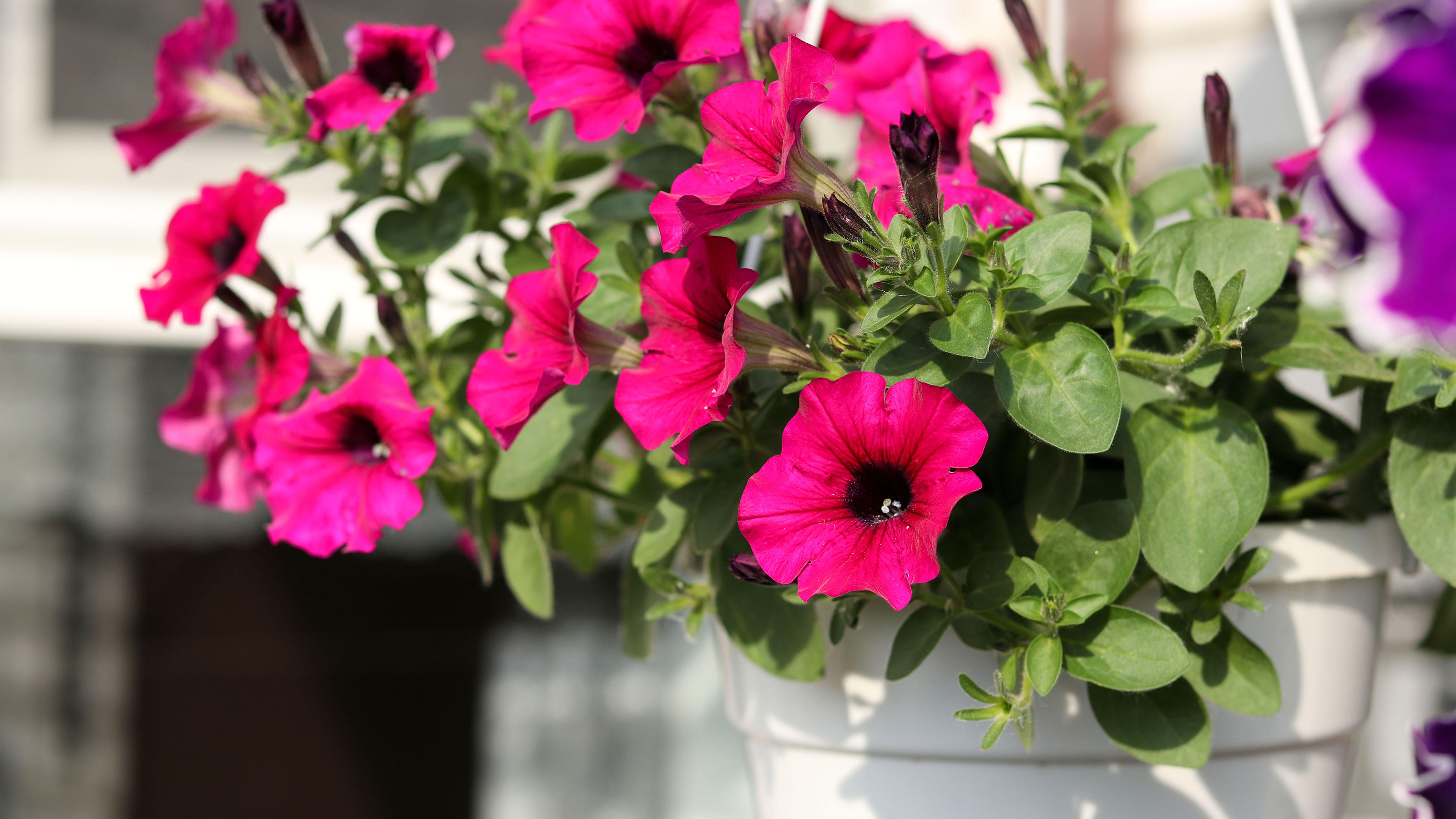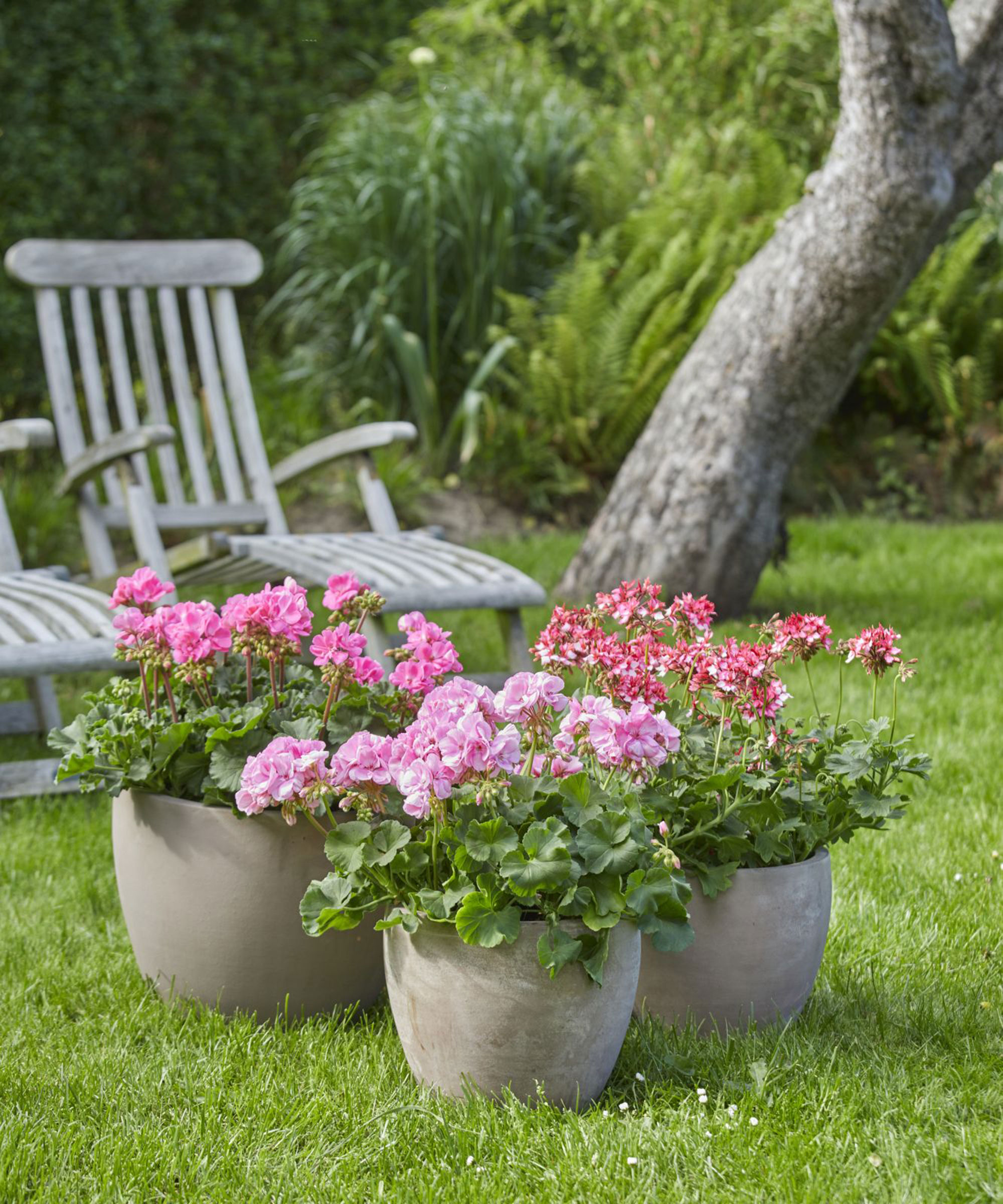Experts warn about planting out tender plants before the end of May – here's why
The weather might seem warm enough for planting out tender plants, but experts advise caution if you plan to do this before the end of May


Garden centers, supermarkets and DIY stores are blooming with trays of annuals such as petunias, marigolds and pelargoniums, but those old-fashioned words of advice about holding off planting out until the arrival of flaming June are nagging us.
So despite warmer temperatures worldwide, does the risk of late frost and biting winds still mean it’s too early for annual flowers and other tender plants this month?
'Just because garden centers are selling tender plants doesn’t mean they should go in the ground then,' says George Weigel, expert at the National Garden Bureau.

Late frost risk for tender plants
'Frost can spell disaster for many tender varieties of summertime favorites from tomatoes and peppers, to popular bedding plants like fuchsias and pelargoniums,' says expert Chris Bonnett, from Gardening Express.
'Even large established shrubs can suddenly be knocked back and suffer if they’ve already come into leaf. This year, we’ve seen plenty of camellias bursting in to bloom only to have those early pioneer blossoms finished off early by some really chilly nights. Don’t be fooled by any sunny days – these are usually followed by frosty nights.'
One of the best tips involves hardening off plants, in other words letting your new acquisitions acclimatize to your local area by standing indoors overnight and out during the day. Leave out only when the temperatures aren’t going to be dipping. Prune carefully too, holding back on trimming sensitive plants until you’re sure.
If you’re in the US, check your frost zone carefully, says George. 'Know your typical last-killing frost dates in spring, and then wait until at least then to plant frost-tender plants. At least wait until the all-time-late frost-free time is approaching and check the 10-day forecast to be sure nothing is even close to a freeze before planting.'

Mulch and protect
Chris recommends using 'those ingenious horticultural fleece bags that you just slip around a larger shrub that may be bursting into bloom or leaf. Simply zip them up, keeping them that little bit cosier on the colder nights. If you’re watching the budget, an old bedsheet secured with string wrapped around can be as effective.'
He also advises mulching – try bark chips, which naturally bio-degrade – around the roots and tender stems of early emerging perennials and herbaceous plants such as peonies and dicentra (Bleeding Heart), which could easily be ruined by a sharp frost.
You could also try setting an evening alert or alarm on your mobile phone as a reminder to check if you need to protect plants from frost by covering them up. 'Make sure you actually go and do it,' says Chris. 'It’s no good closing the greenhouse door after we’ve had a frost, but it’s amazing how many people simply forget. Frost alert and weather apps are also available to download and will let you know if chilly weather is forecast.'

Jayne Dowle is an award-winning gardening, homes and property writer who writes for publications including Sunday Times Home, Times Bricks & Mortar, Grand Designs, House Beautiful and The Spectator. She was awarded the Garden Journalist of the Year accolade at the Property Press Awards in 2021.
